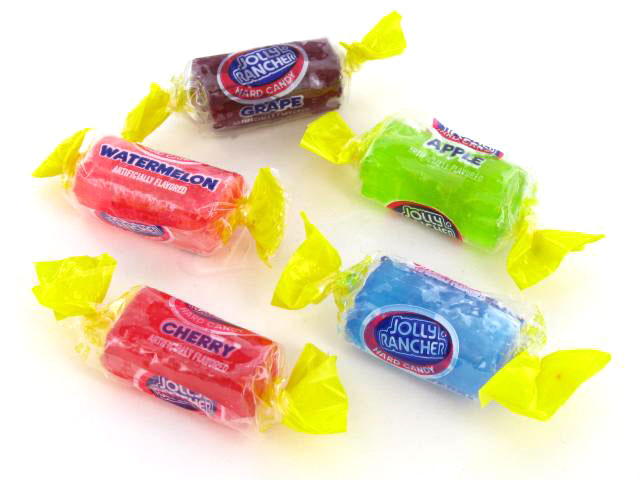Grade Level: 4th Grade (can be adapted for other levels)
- Students will be able to observe using their five senses.
- Students will be able to make a prediction based on their observations.
- Fill brown paper bags with Jolly Rancher hard candy. Staple the bags shut.
- On a sheet of paper, students will divide the page into 5 sections: sound, touch, smell, taste, and sight. Title the page “Guessing Game.” Students will guess what is in the bag by using their senses.
- Split the students into groups of five. Each student will pick a sense that was labeled on the paper so that each group member has a different sense. Give each group the candy-filled bags.
- Have the students shake the bag. The student who has the “sound” job is the only one who can describe the noise that the bag makes. The students will write down the description of what was heard on their sheet. Have the students make a prediction about what they think is in the bag based on this observation.
- Next, the “touch” person will open the bag, reach into it, and feel the candy. The “touch” person will describe what they feel to their group. Students will record the description.
- The “smell” person will smell the object. If they wish to take it out of the bag to sniff, they may, as long as everybody's eyes are shut. Students will record their results on their sheet.
- The “taste” person will taste it. Make sure that all the group members' eyes are closed when transferring the candy from the bag to their mouth. The “taste” person will describe what the object tastes like, and the group will record their results.
- Have only the “sight” person predict what they think is in the bag, using the observations they collected to this point.
- Only the “sight” person can look in the bag and see the candy. They must describe what they see to their group members without telling them what it is. The group members will record their observations under the “sight” label. The non-sight members will now predict what is in the bag using their observations. After the students make a prediction, they may look at the candy.
- Label the back of the paper “More Observations” and re-write the senses names. Have the students look closer and deeply analyze the candy using their five senses. The students must be as descriptive as possible and they should all collaborate and think of words that fit what they observe. Students should write down as many words and descriptions as possible.



